Having now spent 3 weeks working with the Nikon Z9, I am getting a fair idea of the pros and cons it brings compared to a DSLR. I explored the main Mirrorless vs DSLR differences in my post on Nikon Z7 vs D850 and that mostly holds true. The main differences from Z7 to Z9 are in AF performance and frame rate. Most of my work has been with birds but I have been doing some human portraits too.
Autofocus
The AF on the Z9 is a huge step up from the Z7. For birds in flight the Dynamic Area (large) setting is working very well for me. It is quicker to grab focus and holds better than the Group AF of the D850/D500. I have had no issues using F mount lenses and teleconverters with the FTZ adaptor. If anything my Nikkor 500mm f5.6 seems to snap into focus faster than the native Z mount 100-400.
I have got many extended series of birds in flight where almost every image is perfectly sharp. When a frame is off it is usually my fault for tracking inaccurately. I am getting far more sharply focussed images of birds in flight. With the higher frame rate this is giving me more choices of sharp images with various wing positions to choose the best image from.
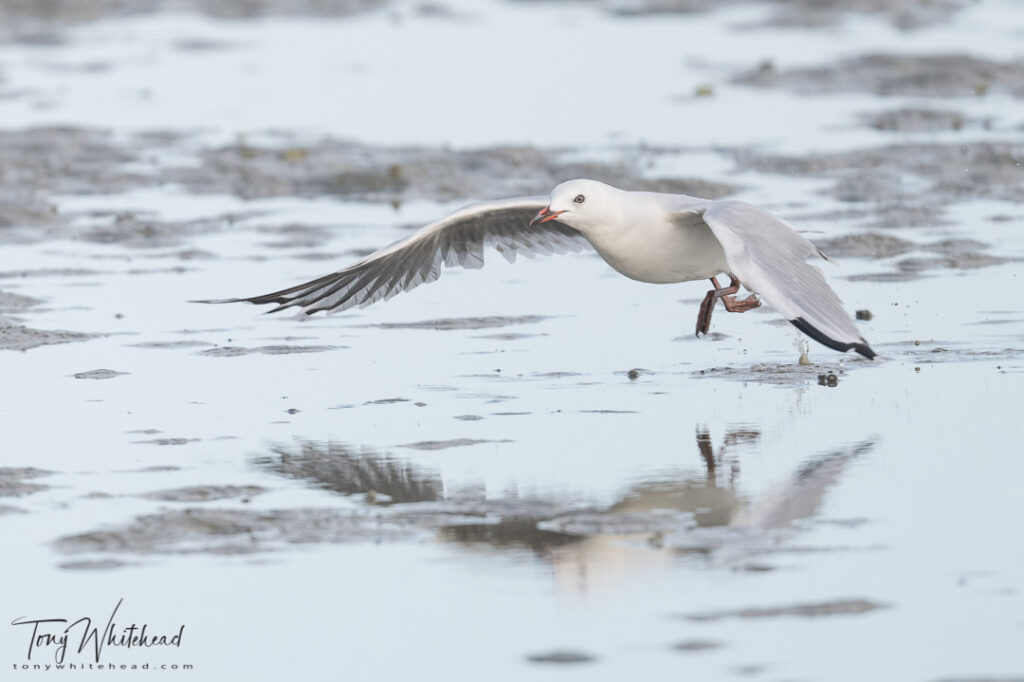
Eye AF is definitely a useful thing. The biggest advantage I have found is with birds bobbing on water or waders feeding on the flats/shallows. The eye AF just sticks to the eye and maintains focus despite movement of the bird. My hit rate with birds on water or feeding in the shallows has been much better when holding the camera low and using the tilting LCD or EVF.
I am really missing the closest subject priority of the Nikon D850/D500 Group Area AF as the Z9 struggles to lock onto a small bird against a clear sky. Locking onto a Skylark singing is not difficult with a DSLR using group AF which prioritises closest subject but the Z9 struggles in the modes I have been trying. To be fair I haven’t spend much time trying different modes for this situation so there may be a better option. I don’t know enough about the details but hope that a firmware update at some stage would add this. If the facility exist to recognise eyes it must be possible to program recognition of nearest subject. I believe this already happens by selecting the nearest eye for focus.
Frame Rate
As alluded to above the 20 fps frame rate is offering more options to choose optimal wing position than the 9-10 fps of the D850/D500. It has also been a benefit with feeding waders where more stages of a feeding sequence are captured. This is a bit of a double-edged sword as there are more images to go through so post production can take more time. I have had to update my laptop to cope with this as my old machine was just too slow at rendering previews to enable eficient selection. If you have an up to date machine this should not be an issue but my 10 year old MacBook Pro couldn’t cope.
Memory Cards
Another investment that may be needed to get the most out of a Z9 is updated memory cards. I had some XQD cards from my D500/D850/Z7 and was surprised at how well they performed as I bumped into a full buffer less often than I expected to. A fast CFExpress (Type B) allows even longer bursts. The fastest cards are in the 512GB range so are expensive and a cost that may have to be factored in.
Battery
The Z9 runs the large EN-EL18d which is an increased capacity (3300 mAh compared to 2500 mAh) version of the battery used in the D3/4/5/6 and battery pack for the D850. The battery life is significantly longer than the Z7 but nothing like a DSLR. I haven’t yet depleted a battery in a day but have got it down to 30% after 4 hours of intensive shooting of birds in flight (4000+ images). With a gripped D850 I never carried a spare and never worried about running out of power. Using a D500 without a grip I used 3 batteries during a long day pelagic trip but otherwise never used more than 1 battery in a day. With the Z9 I would take a spare especially if heading out for a day on a pelagic trip. At present the cost of the EN-EL18d is exorbitant even if you can find any in stock so an EN-EL18c may be a reasonable and more cost effective option for a spare battery. While only 2500 mAh it can be recharged in camera or in the charger supplied with the Z9. Bear in mind that older versions of the EN -EL 18 won’t charge in camera or with the new charger. I can use the battery from my D850 grip in the Z9 but need to use the old charger for it.
Wake from Sleep
DSLRs are always ready to go without delay if switched on. Because of the battery drain from the EVF, mirrorless cameras go into an energy saving “sleep” after a period of inactivity and need to “wake” before they can shoot. The Nikon Z9 is quite quick to do this but is nothing like a DSLR so snap shooting at suddenly appearing birds in flight doesn’t always work unless you make a habit of episodically touching the shutter button to keep the camera awake with the knowledge that this will run the battery down quicker. Shots that a DSLR would get can be missed with a mirrorless for this reason.
Viewfinder
I have a love/hate relationship with the Z9 EVF. I have previously written about the EVF being a real con with mirrorless for birds but the Z9 has some definite advantages. It is completely blackout free which is great when tracking birds in flight. Having the exposure preview and histogram visible is nice. With the diopter correction I can shoot and preview entirely without wearing my spectacles which is great. The downside is the resolution of the viewfinder. It is just not high enough to gauge critical sharpness and at times I am aware of jaggies on high contrast edges. I can gauge sharpness on the back LCD but have to put my glasses on to do that. The other frustration with this is that I am used to using my DSLR and telephoto lens as a spotting scope to find and identify birds and the EVF resolution is inadequate to do this as well as a DSLR can. A higher resolution EVF would be great but it will have to be very high resolution before it matches human visual acuity through an optical viewfinder.
DX Crop Mode
DX crop mode has always been available on Nikon full-frame DSLRs but has involved a greyed out margin to the view finder so you’re composing in a small central area. The Z9 changes this to use the whole EVF in DX crop mode which is really nice. I have set my Fn3 button to select crop mode and limited crop mode selection to FX and DX only so can scroll between the two rapidly. This gives the equivalent to a built in 1.5x teleconverter at the cost of dropping resolution to just under 20Mp. It is almost like having a D850 and D500 rolled into 1 body.
That’s a summary of my thoughts to date. I don’t plan on doing a comprehensive item by item review of the Z9 as there are plenty of sites that will do that. My preference is to provide some concise real world in use thoughts of the pros and cons as I find them. At this stage it is feeling like some definite good steps forward with a small step back in some areas.
Photos with Nikon Z9, Nikkor 500mm f5.6PF +TC-14Eii teleconverter and FTZi adaptor.
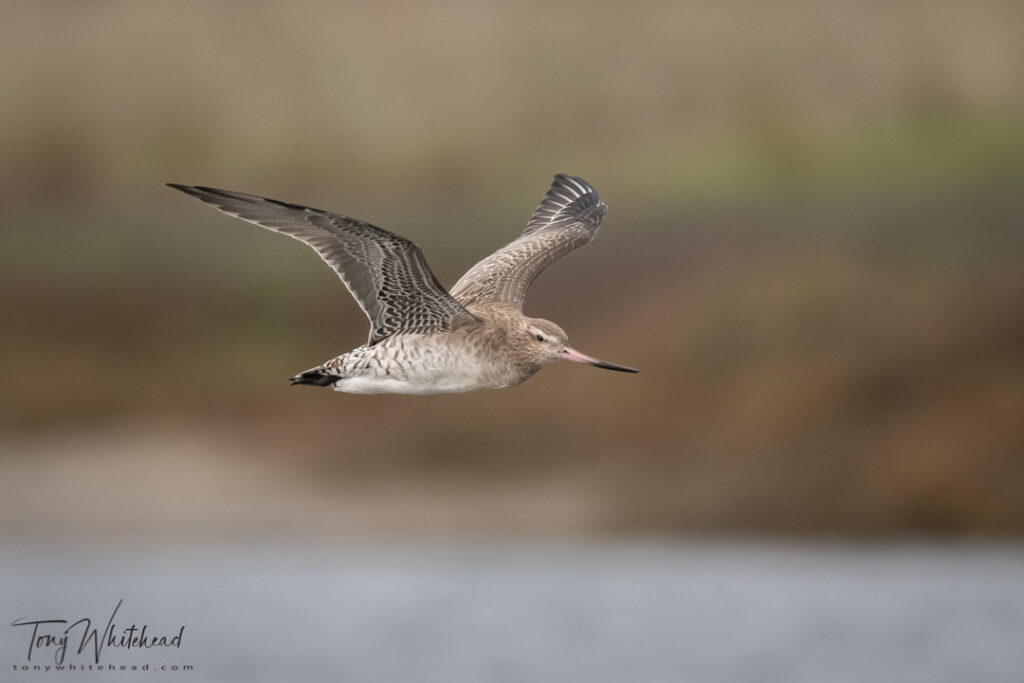
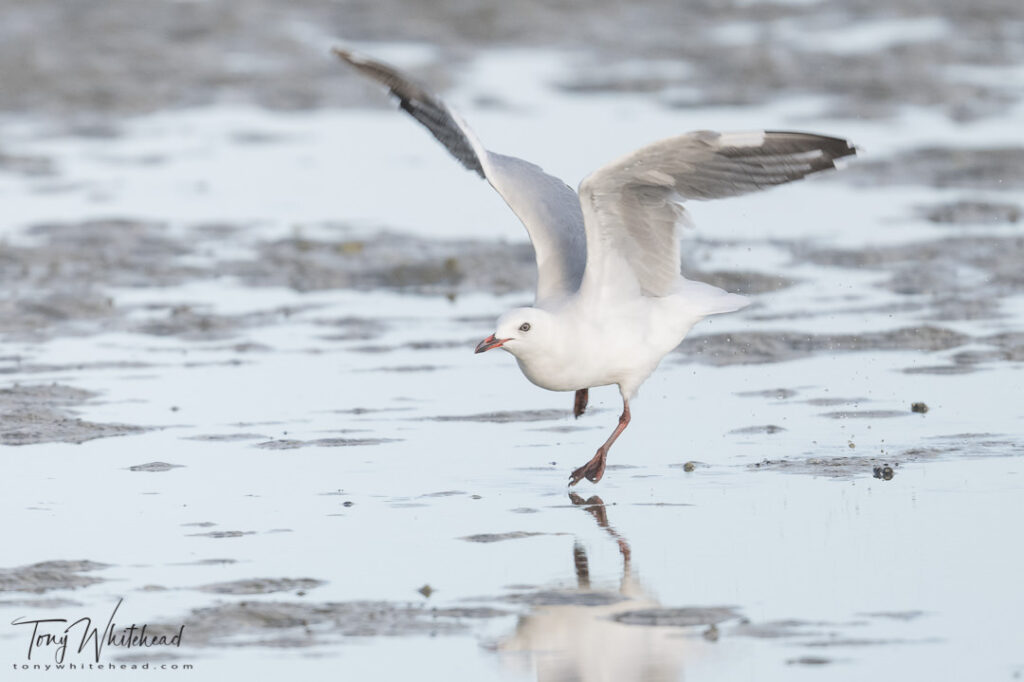
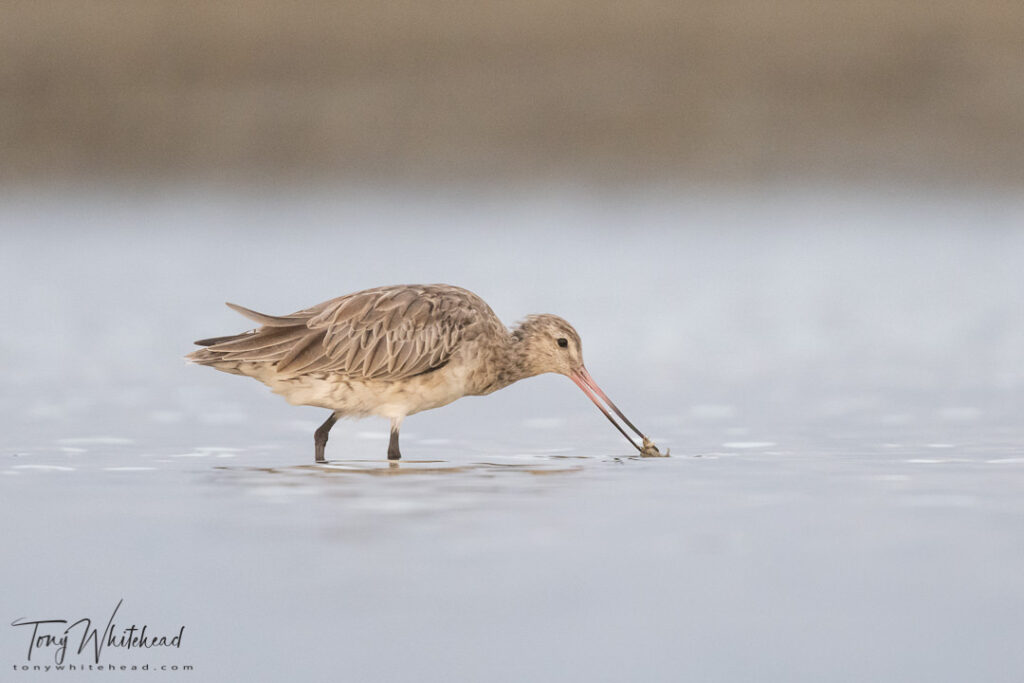
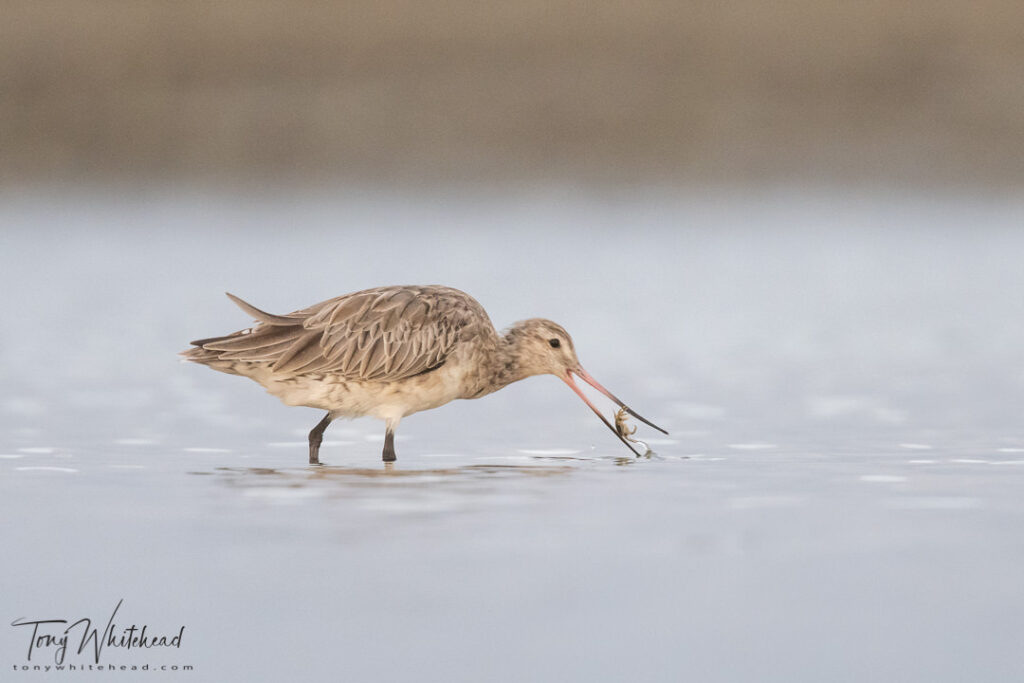
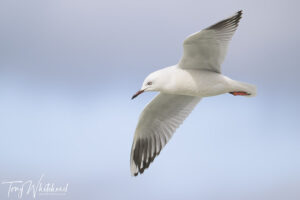
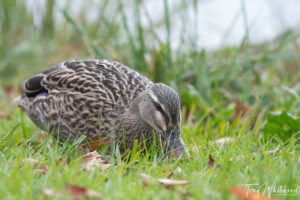
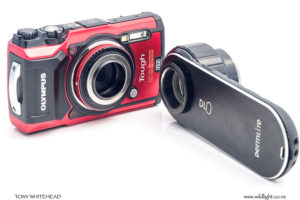
Chris Kurton
16 Jan 2022Thanks for the insights Tony. Is yours still on loan or have you taken the plunge?
tony
16 Jan 2022😀I had it on preorder and was lucky to get one of the first into NZ.